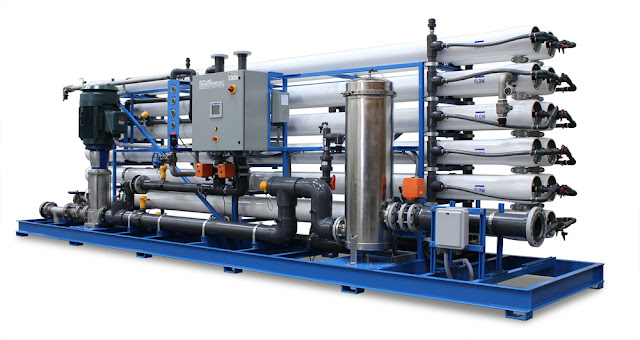Wastewater reuse through RO: a case study of four RO plants producing industrial water' Ro plant.

Because of water scarcity in some regions of the Netherlands and new environmental concepts of water withdrawal, Dutch industrial water production has been shifting from surface water or scarce groundwater to wastewater in recent years. Because of this transformation, it is important to evaluate the advantages and disadvantages of using wastewater treatment plant (WWTP) effluent as a source to produce industrial water, and to gain knowledge about water recycling and treatment. Reverse osmosis (RO) treatment is mostly used to produce water for industry. Four selected Dutch RO plants producing industrial water are analysed in this paper. Demineralized Water Plant (DWP) DECO and DWP Sas van Gent are using WWTP effluent as source water; DWP Baanhoek and DWP Botlek are producing industrial water from surface water. The alternative water source alters pre-treatment needs and RO operations. Compared to surface water, WWTP effluent requires more pre-treatment to prevent UF and RO membranes f

